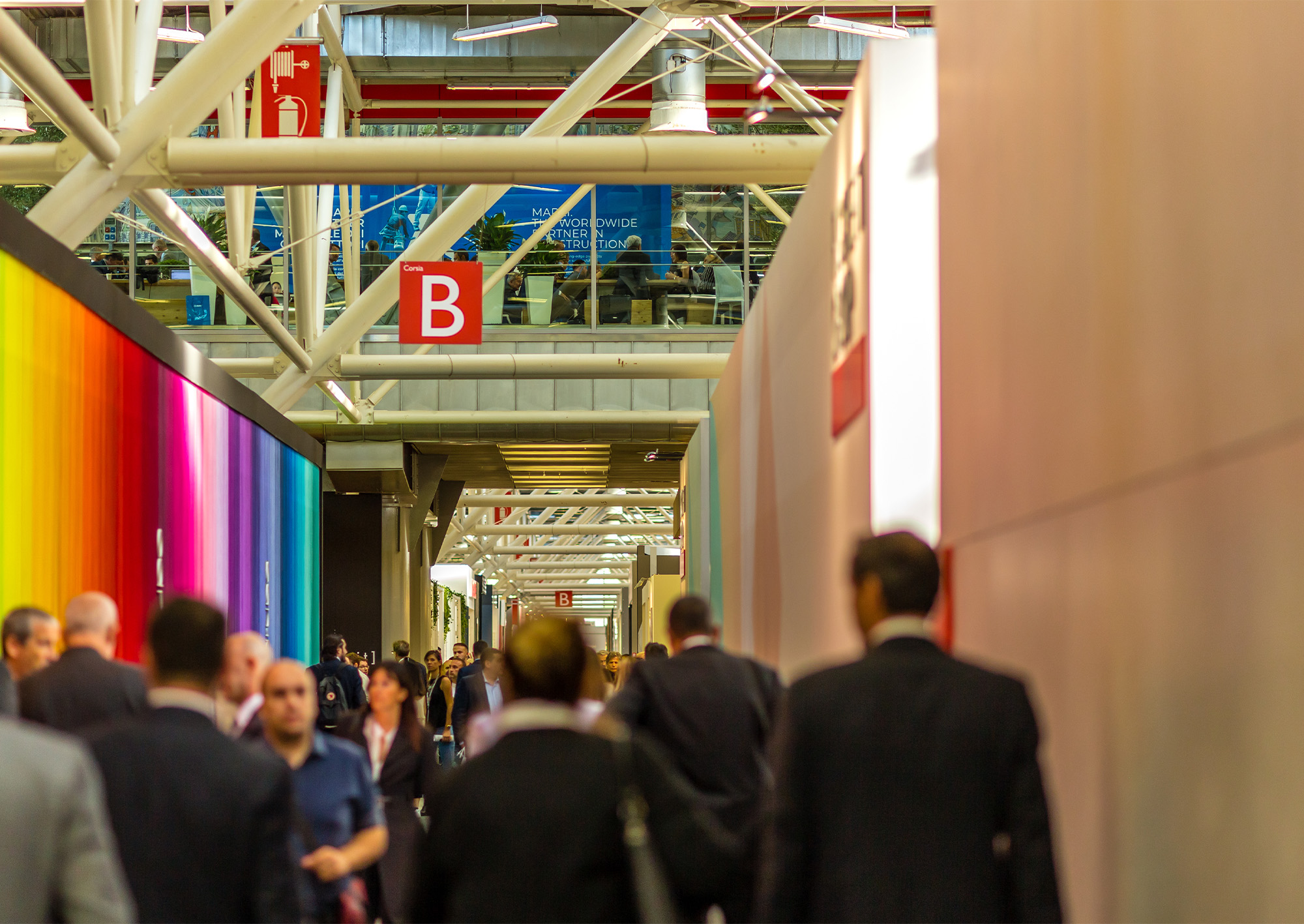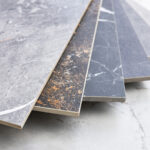Table of contents
- Introduction
- History and significance of Cersaie Bologna
- Technological innovations expected for 2025
- Emerging aesthetic and functional trends
- Sustainability and environmental innovation
- Digitalisation and Industry 4.0 in the ceramic sector
- International markets and global developments
- Contemporary architecture and innovative applications
- The future of the ceramic industry
- Practical information for Cersaie 2025
- FAQ
Introduction
For over forty years, Cersaie in Bologna has been the leading international exhibition for ceramic tiles and bathroom furnishings. Each edition marks a turning point in technological innovation and design in the sector. The Cersaie 2025 edition, to be held at BolognaFiere from 22 to 26 September, promises to preview the main developments in ceramic materials, production sustainability and industrial digitalisation.
History and significance of Cersaie Bologna
The International Exhibition of Ceramic Tiles and Bathroom Furnishings was founded in 1983 and has since consolidated its role as a technical and commercial platform for companies, laboratories, architects and designers.In 2023, it attracted over 630 exhibitors from 26 countries and 99,000 professional visitors, confirming Bologna as a global crossroads for industrial innovation in the world of surfaces.
Technological innovations expected for 2025
New formulations for digital inks and enamels
A further push towards high-definition and energy-efficient inks is expected, as well as reactive enamels compatible with dry deposition and multi-layer digital printing technologies.
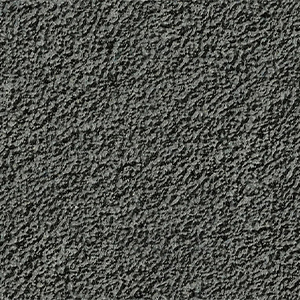
High-performance vitrifying materials
In 2025, there will be growing interest in frits and granules that can guarantee superior chemical and mechanical resistance while maintaining a sophisticated aesthetic finish. The use of calibrated microgranules with additives, such as Sicer’s ready-to-use NEXT EXPERIENCE SURFACES solutions, already offers a concrete technical solution.
Automation and quality control systems
The adoption of intelligent optical systems, inline sensors and AI modules for predictive defect analysis is constantly growing, reducing waste and optimising production yield.
Emerging aesthetic and functional trends
Textured and high-performance surfaces
The most popular finishes in 2025 are expected to be matt, textured and anti-reflective, with high cleanability even in industrial environments. Technologies such as R9-R12 microgranules combine safety and aesthetics.
Geometries and formats
Large-format slabs, but also thin technical modules, are increasingly central to design choices, thanks to their versatility in installation and reduced environmental impact.
Sustainability and environmental innovation
Eco-friendly materials and optimised production cycles
Low emission and water-based formulations, currently the focus of research by companies such as Sicer, will be a hot topic at Cersaie. Sustainability is no longer an option but a technical selection criterion in industrial and contract projects.
Circular economy
Among the expected innovations are also systems for recovering and reusing production residues, with the possibility of reintegrating ground waste into frits or mixtures.
Digitalisation and Industry 4.0 in the ceramic sector
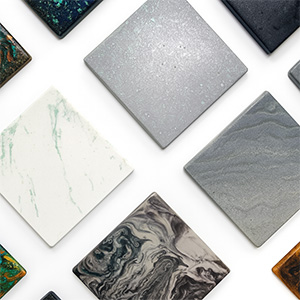
Customisation through artificial intelligence
Inkjet printing software is evolving towards generative design: the use of AI algorithms for customised ceramic patterns will be a concrete innovation to watch out for at Cersaie 2025.
Interconnected supply chain
4.0 technologies enable complete traceability, integration between ERP and MES, and predictive systems for procurement. Efficient management that reduces costs and margins of error.
International markets and global developments
International participation is constantly growing: exhibitors from over 25 countries are expected, with a special focus on the expanding markets of the Middle East, East Africa and South America. Italian technical ceramics continue to set the global standard in terms of quality and innovation.
Contemporary architecture and innovative applications
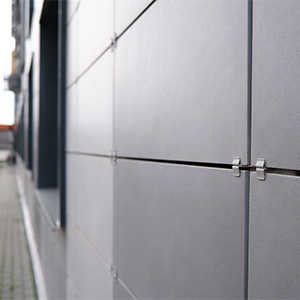
Ceramica tecnica per edilizia ad alte prestazioni
Ceramic surfaces are now used in areas that were once reserved for other materials: ventilated cladding, anti-slip flooring for logistics, and photocatalytic façades.
Functional design
The integration of aesthetics and mechanical performance is now a requirement in architectural projects. Ceramic becomes a functional design element, especially in areas such as hospitals, schools and public spaces.
The future of the ceramic industry
R&D and technology transfer
Collaboration between universities, research centres and companies will be crucial for post-2025 development. Strategic investment areas include nanomaterials, functional coatings, artificial intelligence and additive manufacturing.
Forecasts for 2026 and beyond
An increase in the adoption of carbon neutral technologies and environmentally positive materials is expected, alongside growing digitalisation of the production cycle.
Practical information for Cersaie 2025
- Where: BolognaFiere
- When: 22–26 September 2025
- Areas not to be missed: Pavilions on technological innovation, sustainable materials and advanced surfaces
- Events and conferences: dozens of talks and technical meetings on automation, regulations and sustainability
Official website: www.cersaie.it
FAQ
FAQ
From 22 to 26 September 2025.
It is the International Exhibition of Ceramic Tile and Bathroom Furnishings.
Admission is free for industry professionals upon registration on the official website.
BolognaFiere, Viale della Fiera, 20 – 40128 Bologna.
Conclusion
Bologna Cersaie 2025 promises to be a turning point for the ceramic sector. It will be an opportunity to take a close look at the material, aesthetic and digital trends that will shape the future of the industry. The most structured companies — such as Sicer, with its approach to research, sustainability and technical innovation — are already aligned with this future.


